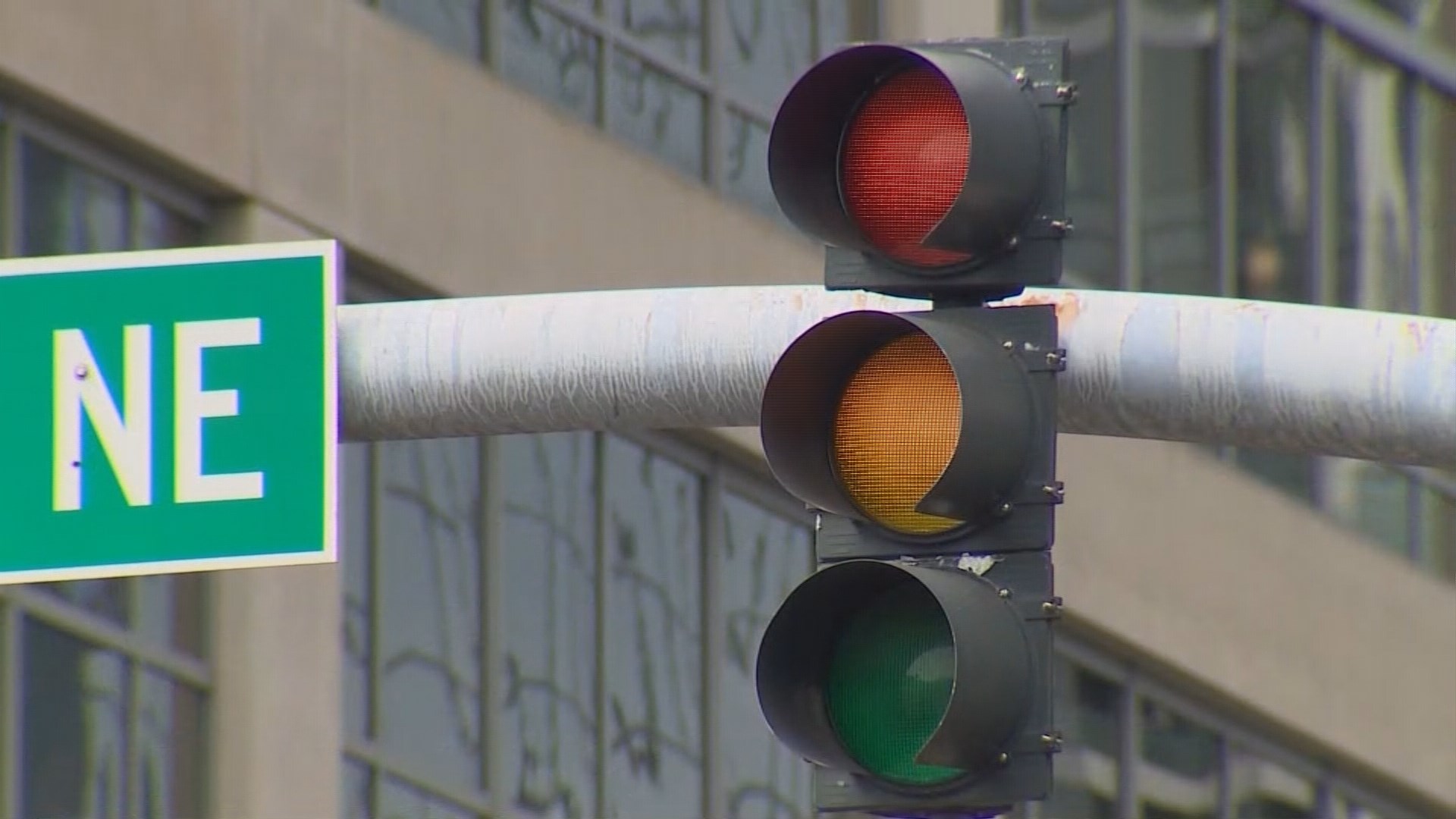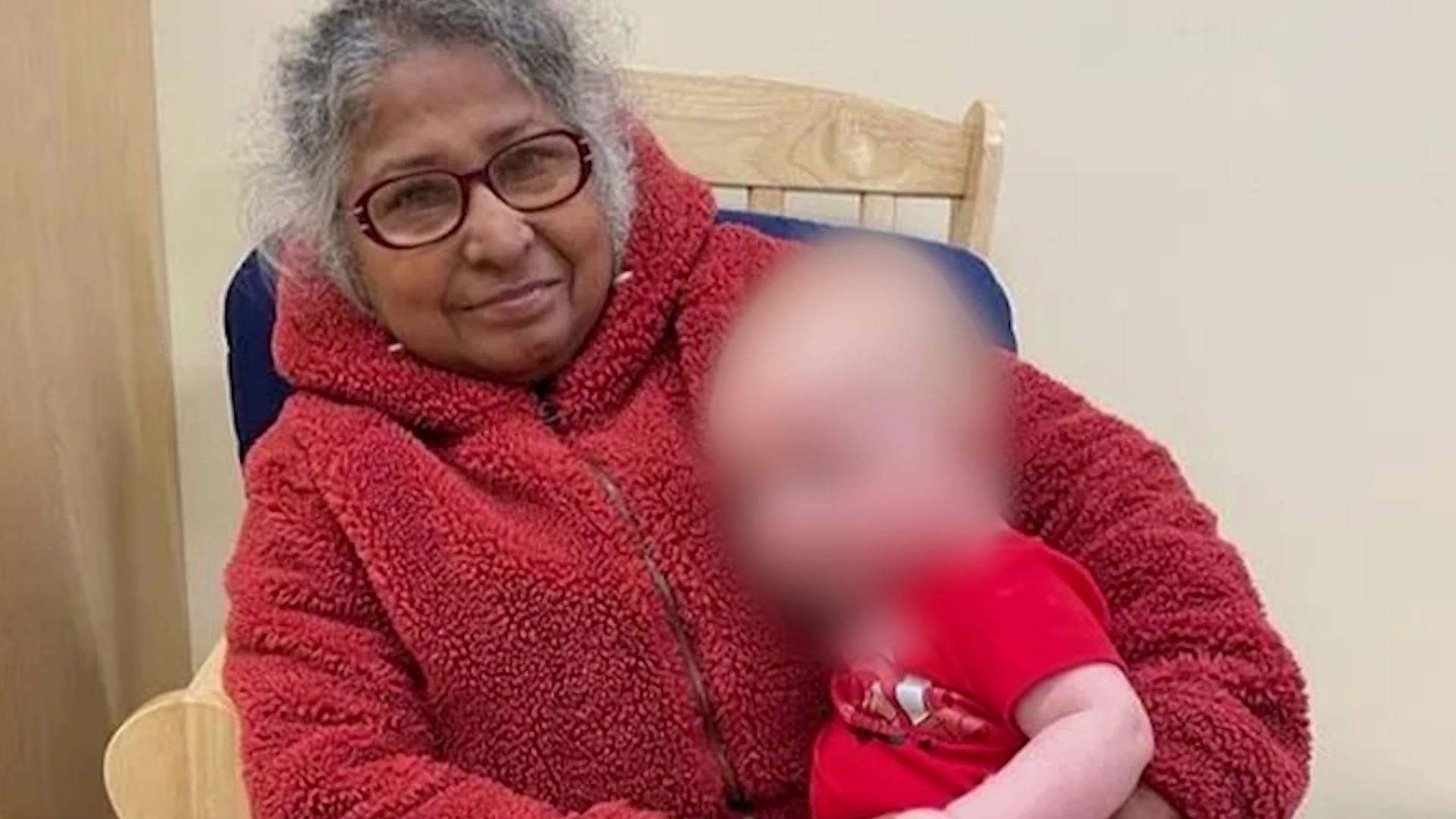It wasn't long ago the City of Seattle hailed the introduction of adaptive signal technology on Mercer as a way to improve traffic.
It's neighbor to the east, however, is quite literally light years ahead.
Bellevue has installed adaptive signals on 100 percent of intersections in the city, more than 200 in all.
Fred Liang is the chief engineer on the project, more than six years in the making.
"(They) give you a lot more flexibility," he said as he walked through the network Thursday morning.
Most cities use a system that requires engineers to program lights, based on peak volume times. But as Liang describes it, the system can instantly change the lights based on unusual traffic patterns.
Here's how it works. The city installed sensors on the roads, which feed a street side hub. That hub is connected to a mainframe at City Hall, which uses an algorithm to instantly change the timing of the lights.
Liang says, take, for instance, the Fourth of July. The lights changed relatively quickly before noon but adjusted to allow more people to flow into downtown. After the fireworks, the light patterns changed, to 2 1/2 minutes long near NE 8th, to allow for traffic to flow freely back to the freeway.
"A couple lights without stopping - everyone is happy," admits Liang, who calls it a tool of the city's overall traffic management. He credits city leaders with having the foresight to spend $5.5 million to install the system, which started in 2011 and was completed last year.
Seattle just installed close to 40 sensors on Mercer Street and claims that traffic is flowing smoother eastbound during peak times. However, SDOT acknowledges there have been pedestrian complaints.
But long term, SDOT has plans to installs adaptive technology on most east-west thoroughfares through South Lake Union, including Denny after the Highway 99 Tunnel is complete. In fact, the city has cited it as a reason why a new arena at Seattle Center may be manageable for traffic.
Liang's department says on NE 8th, in particular, delays were reduced by 43% near 112th, and 35% on 8th, on the east side of 405 in the first year of implementation. Bellevue also streamlined left turns, according to the department, saving 166,000 hours of delays in 2014.
Liang says he doesn't want to compare the two cities, but he couldn't stop smiling at the results and the city's strategy, noting it's an idea which has had a big payoff for minimal investment.
"There is not enough (room) to build more roadways," said Liang.


